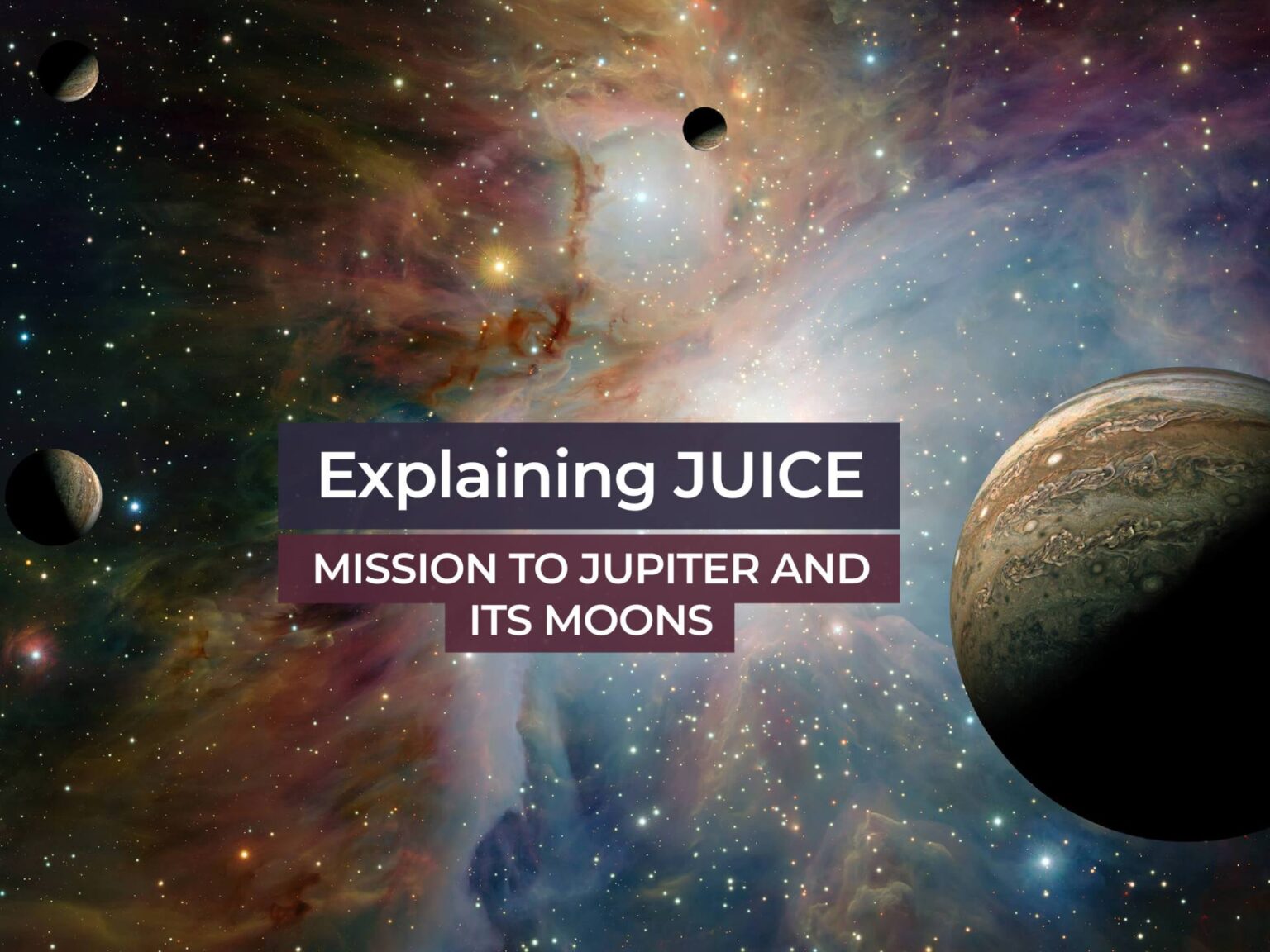Global Courant 2023-04-13 17:04:27
The Jupiter Icy Moons Explorer (JUICE) is expected to lift off at 8 p.m. Friday, April 14 12:14 GMT from Kourou, French Guiana, to begin its eight-year journey to Jupiter and its moons.
The mission was supposed to leave on Thursday, but was delayed lightning risk.
Led by the European Space Agency (ESA), the mission will orbit the largest planet in the solar system on Thursday and explore its icy moons, which scientists believe could support living organisms.
JUICE will examine three of them ocean-carrying moons – Europa, Ganymede and Callisto. Beneath their icy surfaces are vast oceans of water – a critical ingredient for life as we know it.
Nicolas Altobelli, a JUICE project scientist at ESA, said it would be “the first time we’re exploring habitats beyond the freezing limit” between Mars and Jupiter.
Beyond that line, temperatures drop and “liquid water can no longer exist on the surface,” Altobelli told AFP news agency earlier this year.
The orbiter will be launched by the Arianne 5 rocket, previously used to launch the James Webb Space Telescope.
This is ESA’s first mission to a Jovian orbital system and the first mission to a moon other than Earth’s.
Why is a mission to Jupiter important?
Jupiter is about 318 times the size of Earth and has 80 to 95 moons orbiting it, according to NASA.
JUICE will deeply investigate Jupiter’s gaseous complex surface and its relationship to the oxygen and icy subsurface saltwater ocean moons.
The orbiter will carry 10 state-of-the-art instruments that are among the most powerful ever sent to the solar system. Nine of the instruments are led by European partners and one by NASA.
By July 2031, the spacecraft will have entered Jupiter’s orbit, from where it will explore Ganymede, Europa and Callisto.
There have been seven missions to Jupiter so far. NASA’s Juno is still underway and the Clipper will launch later this year.
Jupiter’s moons versus Earth
JUICE will explore three of Jupiter’s largest moons: Ganymede, Callisto and Europa.
There is hope that Jupiter’s icy moons will have some sort of living organisms, said Carole Larigauderie, JUICE project leader at the French space agency CNES.
“On Earth, we still find life forms at the bottom of the abyss. It has been discovered that tiny microbes such as bacteria and archaea can survive on Earth without sunlight, raising hopes that life elsewhere will be able to do the same. In addition to water and energy, life needs nutrients,” she said.
Ganymede
Ganymede is the largest moon in the solar system, according to NASA, and Earth is about 2.4 times that size. It is larger than the planet Mercury. It is the only moon in the solar system that, like Earth, has its own magnetic field.
JUICE is expected to reach Ganymede’s orbit in 2034, where it will fly 12 times the planet’s mass.
The main goals of the mission for Ganymede are to explore its magnetic field and hidden ice ocean and study its habitability.
Callisto
Callisto is believed to have the oldest surface in the solar system. According to NASA, Earth is about 2.6 times more heavily cratered.
JUICE is expected to fly past the Callisto 21 times, coming as close as 200 km (124 mi) to it. Once there, it will study the environment around early Jupiter.
Europe
According to NASA, Earth is about 4.1 times the size of Europa and is believed to have a young and active surface that can vent water vapor to space through plumes and geysers.
JUICE will make two flybys around Europe to look for water pockets, explore the surface and look for signs of activity.
If one or more of Jupiter’s moons meet all the conditions to host life, the “logical next step” would be to send a mission to the surface, said Cyril Cavel, JUICE project manager at manufacturer Airbus.
While there are no plans for such a mission, which could definitively prove the existence of life beyond Earth, “that’s part of the dream,” he said.








